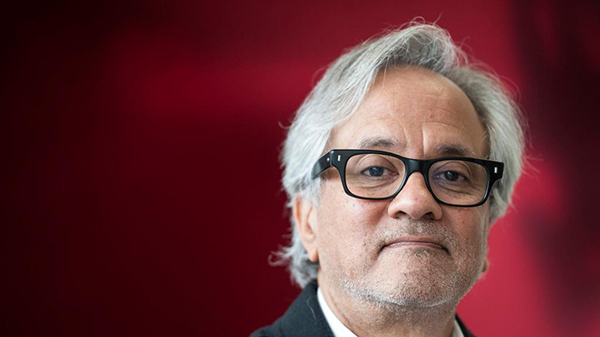Anish Kapoor is known as one of the world’s great living artists. Since he won the Premio Duemila Prize at the 44th Venice Biennale back in 1990, his sculptural installations had a significant presence in many cities, including London, at the Tate Modern, Paris, at the Grand Palais, and Jerusalem, at the Israel Museum.
Anish Kapoor was born in Mumbai in 1954 to an Iraqi-Jewish daughter of a rabbi who immigrated to India from Baghdad with her family when she was an infant. His Punjabi Hindu father was a hydrographer for the Indian Navy. This mixed and complex background had a powerful influence in his attraction to dualities: concave and convex, matter and void, light and darkness, negative and positive, earth and sky, mind and body. The range of materials he uses and pushes to their limits is astonishing: stone, steel, concrete, fabrics. Many of his projects are at an architectural scale. He collaborated with architects Frank Gehry in Chicago’s Millenial Park, Arata Isozaki in Japan, and engineer Cecil Balmond at the ArcelorMittal Orbit in London’s Olympic Park.

Although his reflective artworks in highly polished stainless steel are easily recognizable, it would be a mistake to pigeon-hole Kapoor into this style only. His crude artworks in sculptural painting and amorphous concrete tell us of an artist in continuous research for new forms of expression.
The exhibit of Kapoor’s stainless-steel Double S-Curve at the Regen Projects gallery in Hollywood is good art news for Southern California.



























